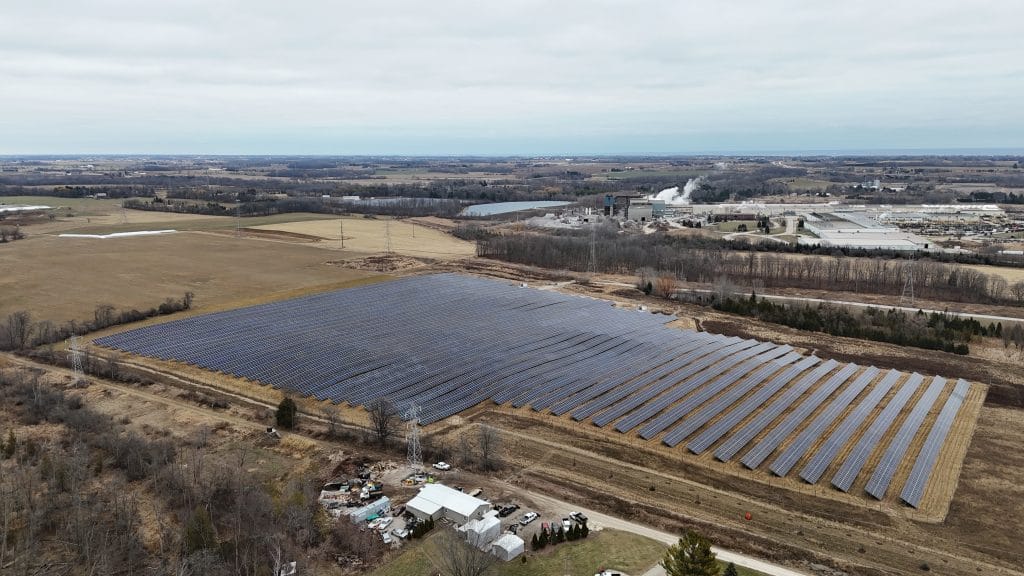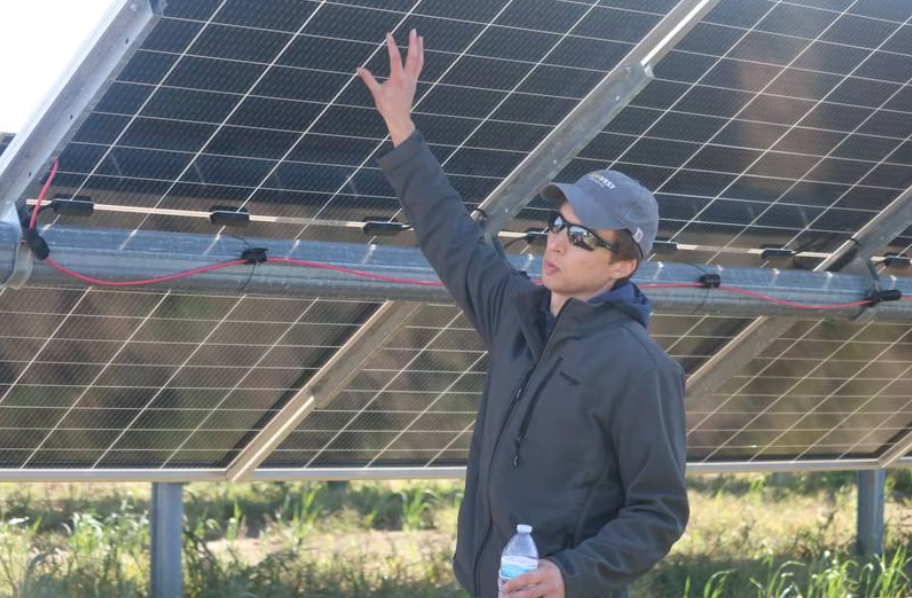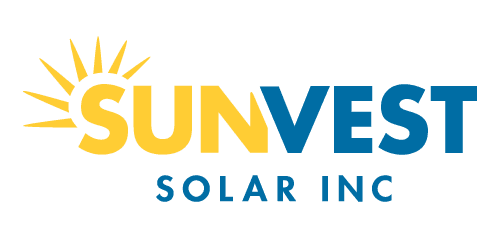Tax Incentives for Solar Energy: The 101 on the Inflation Reduction Act
Since its passage in fall 2022, the Inflation Reduction Act (IRA) has created a flurry of interest from businesses, municipalities, nonprofits, utilities and landowners. Much has already been written about the importance of the Investment Tax Credit (ITC) extension, but if you’re looking for a quick primer, here are the key takeaways to get the most out of the IRA’s clean energy initiatives.
What is the Solar Investment Tax Incentive Credit?
When lawmakers want to create more of something, one of their most common tools is to offer incentives through the federal tax code. As a result, the government offers tax credits for home mortgages, charitable contributions, health savings accounts, and many other items. To help incentivize clean renewable energy, the federal government offers the Solar Investment Tax Credit (ITC).
Under the Federal Solar Investment Tax Credit (ITC), owners of a new residential or commercial solar project can deduct 30% of the cost of installing a solar system from their taxes. On its face, the ITC is fairly simple: deduct the cost from your taxes. But taxe incentives are never that simple.
To get a tax credit, you need to have a tax liability, or you must owe enough taxes to reduce them by the amount of the credit. This can pose a problem for large systems where 30% of the system can cost hundreds of thousands of dollars, and not every business owes that much in federal taxes. This can also pose a problem for other entities, like schools, nonprofits, etc. who don’t pay federal taxes.
That’s where SunVest Solar® can help monetize the value of the ITC using a Power Purchase Agreement (PPA). Under a commercial PPA structure, the solar panels will still be on your roof, but you won’t own them, SunVest would. SunVest designs the system to meet your power needs, installs it and provides ongoing maintenance.
We then work with a variety of specialized lenders that do have a tax liability. This helps us turn the tax incentive into tangible value. The end result: regardless of your tax status you save money on your power bill!
What got Extended in the IRA?
In the past, the ITC would sunset every few years, meaning that a project had to energize by the end of a particular year for that taxpayer to secure the value of the credit. This start/stop risk created enormous uncertainty for businesses and homeowners, increased costs and largely hindered growth of clean energy technologies.
Thankfully, the IRA extended the 30% credit for businesses and individuals who install a solar energy system for at least 10 years. This one provision is the most significant green-light to solar investment in U.S. history.
New Adders and Incentives
Back to the point above, when governments want more of something, they often use tax incentives. In this case, Congress recognized that the U.S. did not have a robust solar manufacturing base and that the nation could benefit from building solar in key areas, so they created adders that would specifically incent these investments.
Under the IRA, projects are eligible for these additional ITC rates:
- 10% additional credit if domestically produced steel, modules, and other products are used on the system.
- 10% additional credit if the project is located on a brownfield, low-income area, area known for heavy fossil fuel employment, or an area with retired coal infrastructure.
- 20% additional credit if the solar project is constructed in a low-income community or benefits low-income people.
These adders are stackable, meaning that some rare projects may even be able to secure an ITC rate of 50% or more!
The IRA also expanded the equipment that is eligible for the ITC, making it possible for businesses to construct more robust clean energy installations. These new changes include:
- Standalone energy storage. This means that electric customers with large energy loads can add storage at their site, which helps reduce costs during peak hours.
- Cost of interconnection. This tax incentive helps defray what can be a significant cost for some solar installations: the cost to connect to the power grid.
Finally, the IRA adds some additional structures that can make it easier for certain entities to secure the ITC, including:
- Tax-Exempt/Non-Profit Entities
- State & Local Governments
- Rural Electric Co-Ops
- Tribal Governments
SunVest’s development team understands these tax structures, technologies and geographic areas well. We can help you identify the right mix of tax incentives to utilize for the greatest return on investment.
Next Steps
If you are on the fence about when and how to invest in solar energy for your business, municipality, nonprofit or utility, just ask!
Our experts are ready to assist you in taking advantage of current tax incentives, helping you set up and maintain a profitable solar energy system. SunVest is one of the largest vertically integrated developers of distributed solar projects in the United States with a growing portfolio of assets under management. Talk to our experts today to understand how these tax incentives apply to your industry specifically.
Stay connected! Follow us on LinkedIn.



